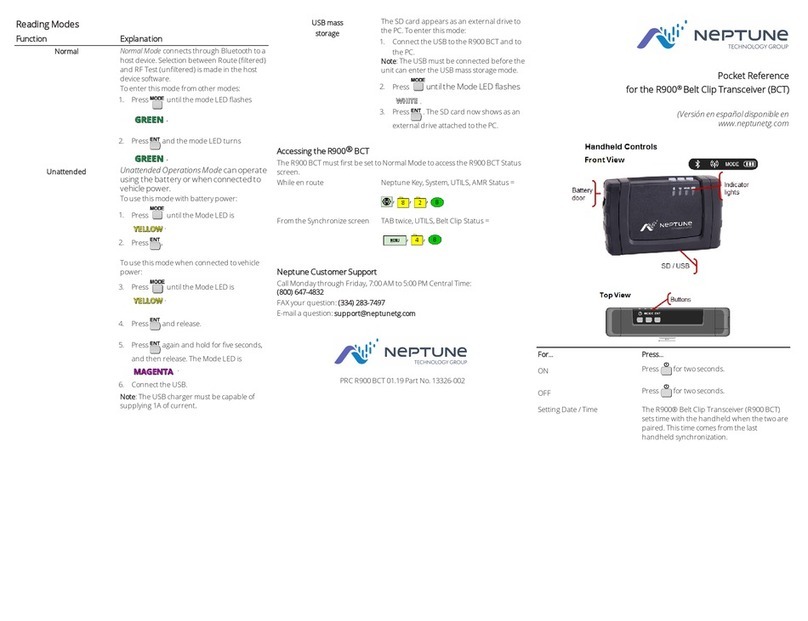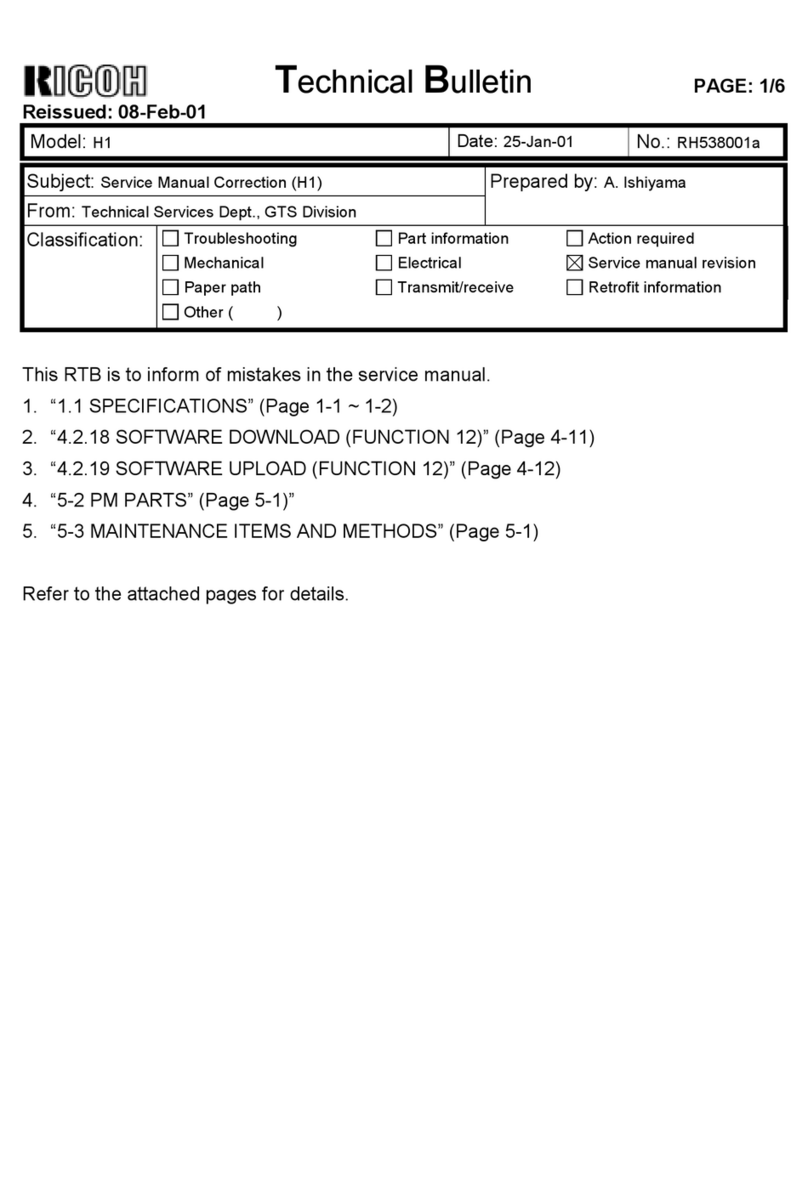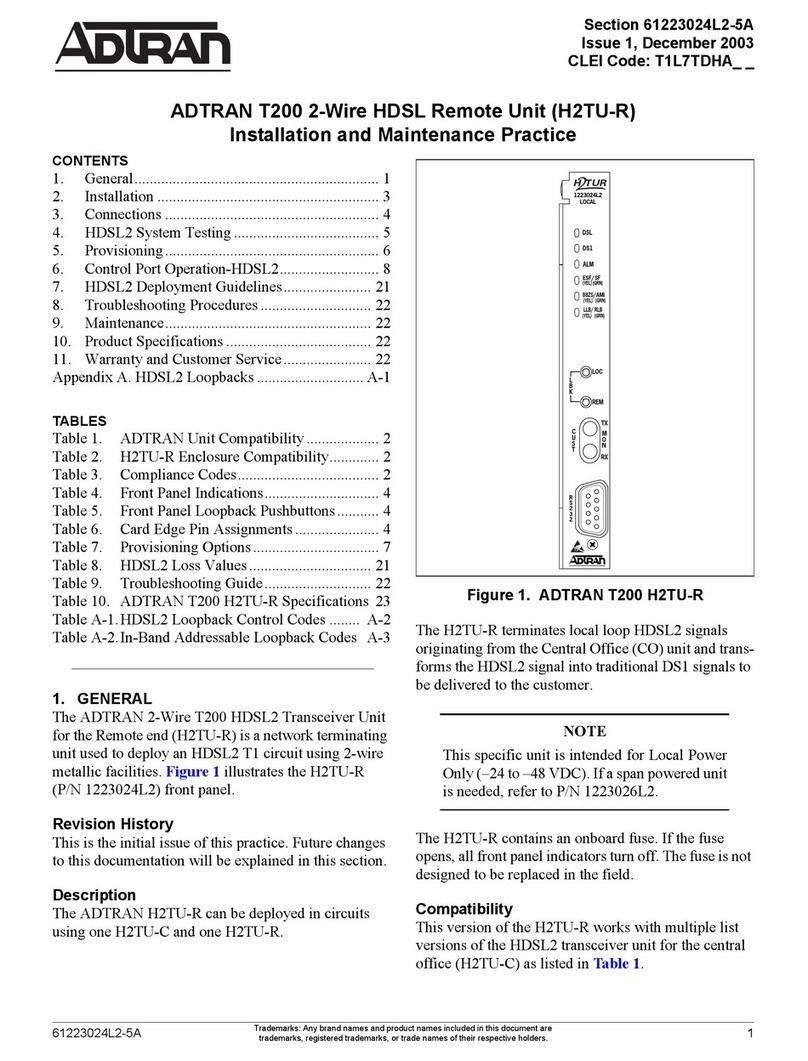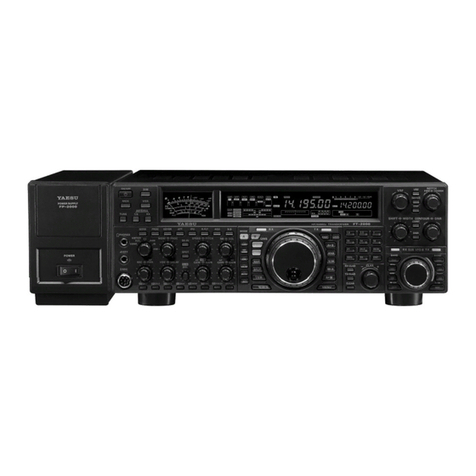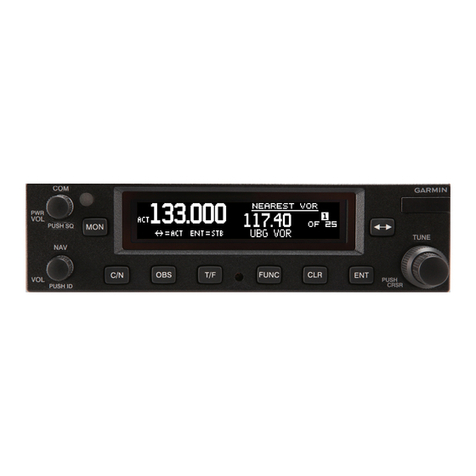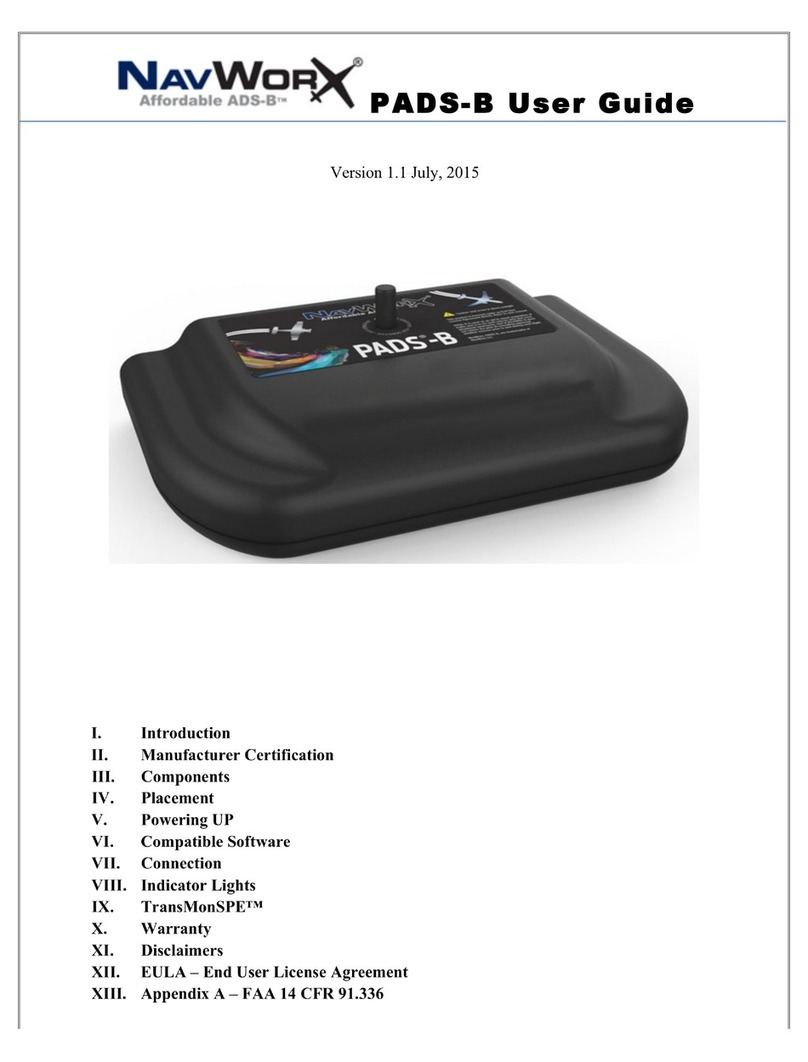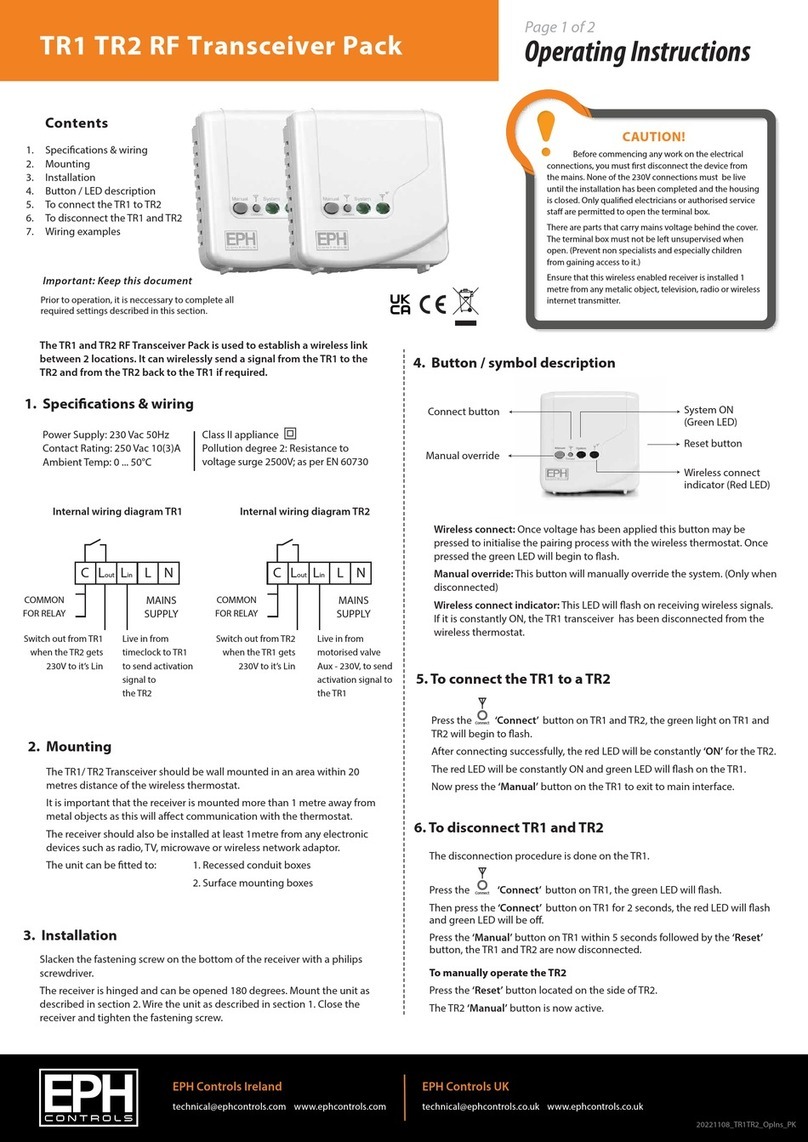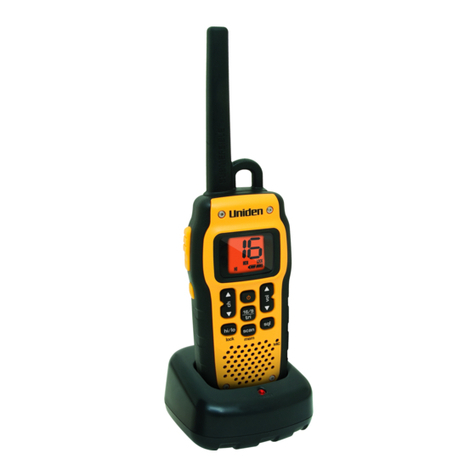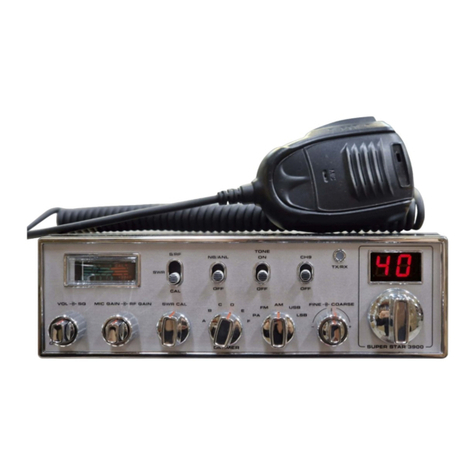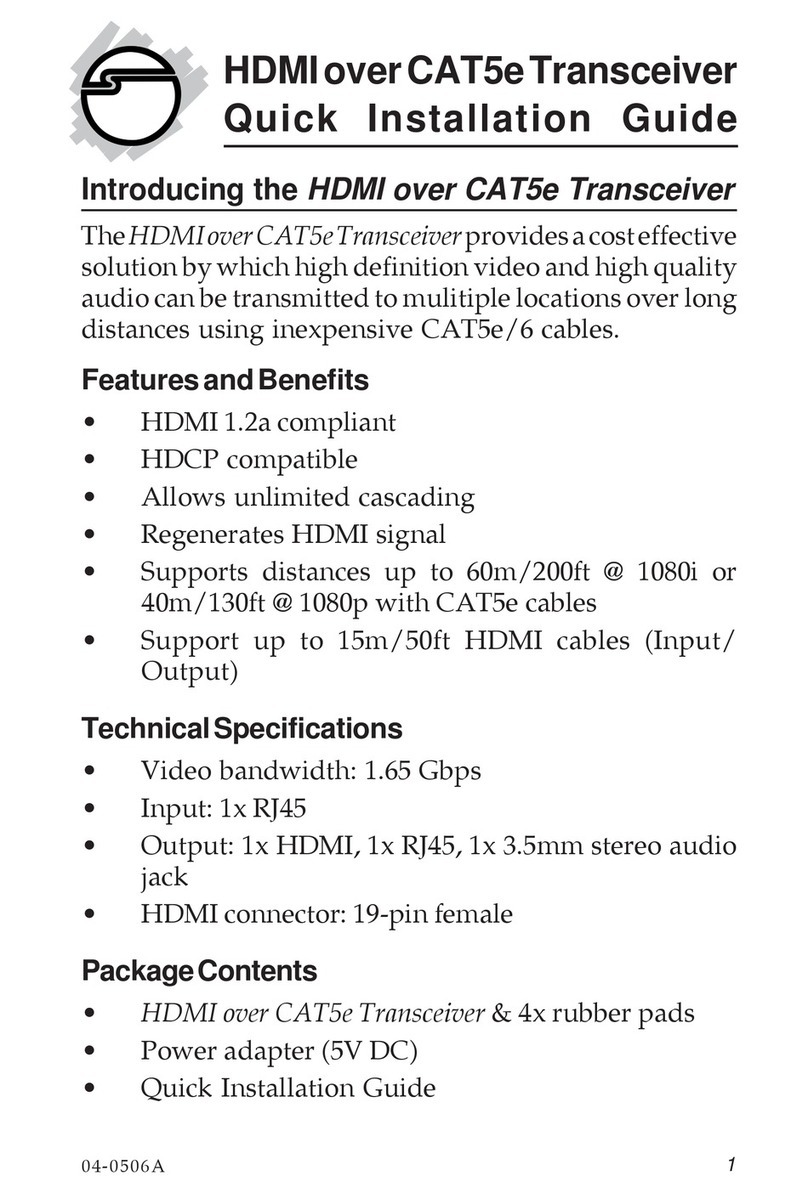Neptune ARB R900 User manual

5015 B.U. Bowman Drive Buford, GA 30518 USA
Certification Exhibit
FCC ID: P2SBELTCLIPT3
IC: 4171B-BELTCLIPT3
FCC Rule Part: 15.247
ISED Canada Radio Standards Specification: RSS-247
Project Number: 72129069
Manufacturer: Neptune Technology Group Inc.
Model: BCT3
Manual

R900®Belt Clip Transceiver Users’ Manual


R900®Belt Clip Transceiver Users’ Manual

Proprietary Rights Notice
This manual is an unpublished work and contains the trade secrets and confidential information of
Neptune Technology Group Inc., which are not to be divulged to third parties and not be
reproduced or transmitted in whole or part, in any form or by any means, electronic or mechanical
for any purpose, without the express written permission of Neptune Technology Group Inc. All
rights to designs or inventions disclosed herein, including the right to manufacture, are reserved to
Neptune Technology Group Inc.
The information contained in this document is subject to change without notice. Neptune reserves
the right to change the product specifications at any time without incurring any obligations.
Trademarks Used in this Manual
ARB and R900 are registered trademarks of Neptune Technology Group Inc. N_SIGHT R900,
R900 Belt Clip Transceiver, and MRX920 are trademarks of Neptune Technology Group Inc.
Trimble Nomad is a registered trademark of Trimble Navigation Limited. Trimble Ranger 3 is a
trademark of Trimble Navigation Limited.
CE Net Windows, Windows 6.1, and Windows Mobile Device Center are registered trademarks of
Microsoft Corporation.
Other brands or product names are the trademarks or registered trademarks of their respective
holders.
FCC Conformity
R900 Belt Clip Transceiver
This device complies with Part 15 of the FCC Rules. Operation is subject to the following two
conditions: (1) This device may not cause harmful interference, and (2) this device must accept any
interference received, including interference that may cause undesired operation.
NOTE: This equipment has been tested and found to comply with the limits for a Class B digital
device, pursuant to Part 15 of the FCC Rules. These limits are designed to provide reasonable
protection against harmful interference in a residential installation. This equipment generates, uses
and can radiate radio frequency energy and, if not installed and used in accordance with the
instructions, may cause harmful interference to radio communications. However, there is no
guarantee that interference will not occur in a particular installation. If this equipment does cause
harmful interference to radio or television reception, which can be determined by turning the
equipment off and on, the user is encouraged to try to correct the interference by one or more of the
following measures: determined by turning the equipment off and on, the user is encouraged to try
to correct the interference by one or more of the following measures:
lReorient or relocate the receiving antenna.
lIncrease the separation between the equipment and receiver.
lConnect the equipment into an outlet on a circuit different from that to which the receiver is
connected.
lConsult the dealer or an experienced radio/TV technician for help.

RF Exposure
This equipment complies with radiation exposure limits set forth for an uncontrolled environment.
This equipment is in direct contact with the body of the user under normal operating conditions.
This transmitter must not be co-located or operating in conjunction with any other antenna or
transmitter.
Warning: Changes or modifications to this device not expressly
approved by Neptune Technology Group Inc., could void the user's
authority to operate the equipment
Industry Canada (IC) Statements
This device complies with Industry Canada licence-exempt RSS standard(s). Operation is subject
to the following two conditions: (1) this device may not cause interference, and (2) this device must
accept any interference, including interference that may cause undesired operation of the device.
Le présent appareil est conforme aux CNR d'Industrie Canada applicables aux appareils radio
exempts de licence. L'exploitation est autorisée aux deux conditions suivantes : (1) l'appareil ne
doit pas produire de brouillage, et (2) l'utilisateur de l'appareil doit accepter tout brouillage
radioélectrique subi, même si le brouillage est susceptible d'en compromettre le fonctionnement.
RF Exposure
Cet équipement est conforme aux limites d'exposition aux radiations dans un environnement non
contrôlé. Cet équipement est en contact direct avec le corps de l'utilisateur dans des conditions de
fonctionnement normales. Cet émetteur ne doit pas être co-localisées ou opérant en conjonction
avec tout autre antenne ou transmetteur.
R900®Belt Clip Transceiver
Users’ Manual
Literature No. UM R900 BCT 10.17
Part No. 13719-001
Neptune Technology Group Inc.
1600 Alabama Highway 229
Tallassee, AL 36078
Tel: (334) 283-6555
Fax: (334) 283-7293
Copyright © 2013-2017
Neptune Technology Group Inc.
All Rights Reserved

This page intentionally left blank.

Contents
Setting Up the R900BeltClipTransceiver 1
Introduction 1
R900BeltClipTransceiver Overview 1
Nomad Handheld and R900BCT 2
Unpacking and Inspecting Equipment 2
R900BCT Components 3
Using the R900BCT 4
Understanding the R900BCT Modes 4
Accessing the R900BCT Status Screen 7
Understanding the R900BCT LED Operating Modes 8
Understanding the External Battery Charger Status 9
Battery Disposal/Recycling 10
Pairing the Nomad to the R900BCT through the Bluetooth 10
Pairing the Nomad 10
Using the R900BCT to Read a Route 11
R900BCT Status Screen in N_SIGHT R900 12
RF Performance Modes 13
Selecting the R900BCT Reading Mode 14
Using the R900BCT RF Test Mode 14
From the Login Screen 14
From the Route Screen 15
R900BCT SD Card Functionality 15
R900 Belt Clip Transceiver User's Manual v

Figures
Figure 1 – R900BCT Meter Reading Cycle 2
Figure 2 – R900BCT Components 4
Figure 3 – R900BCT Status Screen 12
Figure 4 – R900BCT RF Mode Screen 14
Figure 5 – R900BCT RF Mode Screen from Route 15
Figure 6 – Tab within N_SIGHT R900 Utilities 16
Figure 7 – R900BCT Firmware Tab with Update Options 17
R900 Belt Clip Transceiver User's Manual vii

This page intentionally left blank.
viii R900 Belt Clip Transceiver User's Manual
Figures

This page intentionally left blank.
x R900 Belt Clip Transceiver User's Manual
Tables

R900 Belt Clip Transceiver User's Manual 1
Setting Up the R900BeltClipTransceiver
Introduction
This section introduces you to the R900®BeltClipTransceiver (R900BCT). It will explain
how the R900BCT is incorporated into the N_SIGHT®R900®host software, and how it will
be used by both meter readers and operators. It will also help you become familiar with the
basic features and functions the handheld computer offers.
This section provides basic instructions for unpacking and inspecting the R900BCT. It also
gives instructions for setting up the R900BCT, becoming familiar with the display, pairing it
with the handheld, and usage.
R900BeltClipTransceiver Overview
The R900BCT is a software-defined receiver capable of simultaneously receiving R900,
Advantage, and Pocket ProReader RF transmissions. The R900BCT collects readings and
then transfers these readings to the handheld through the Bluetooth connection. The
R900BCT also has the capability to receive and store R900 readings that can be imported
into the billing system without the use of a handheld. Because the R900BCT is software-
defined, you can apply firmware updates in order to keep your R900BCT current with new
products introduced to the market.
The R900 BCT can be paired with either an Android or an Apple iOS smart
mobile device to use for field presentment purposes or as an additional tool
for field service personnel using Neptune's NGO™ app. Download
Neptune's NGO app on either the Apple Store or Google Play..

Nomad Handheld and R900BCT
The Trimble®Nomad®(Nomad) handheld utilizes Bluetooth connectivity to Neptune’s
R900BCT to receive the meter readings.
CIS/billing
software
Host
management
software
Field
data collection
hardware
RF AMR
endpoint
Figure 1 – R900BCT Meter Reading Cycle
Unpacking and Inspecting Equipment
Besides using normal care, you need no special instructions to unpack the handheld or the
equipment that you purchased with it.
Check that you have received all the items you need for the type of system configuration
that you are using and inspect the items for shipping damage. If you detect any damage,
return the damaged equipment to Neptune. Instructions for shipping the device to
Neptune are described in “Returning your Handheld System” in the Neptune Handheld
System Users’ Manual.
Save the packing box that was used to ship the handheld. Should
you ever need to ship the handheld, you need to repack the unit in
its original shipping box. The handling involved in land and air
transport often subjects the handheld to impact beyond that which
occurs during normal use.The packing box is designed to absorb
shocks and protect the handheld device during shipping.
2 R900 Belt Clip Transceiver User's Manual
Setting Up the R900BeltClipTransceiver

Using the R900BCT
The following section explains how to use the R900BCT.
Understanding the R900BCT Modes
The following tables describe the R900BCT modes of operation. You change modes on the
R900BCT with a combination of the Mode and Enter buttons. To cycle through available
modes, you press the Mode button. The Mode indicator will flash with the color for the
mode to enter. To enter the Mode, you press the Enter button within two seconds of
pressing the Mode button. If entered, the Mode indicator displays the newly-entered mode.
If you do not press Enter within two seconds, the R900BCT stays in the previous mode.
This combination of Mode and the Enter button is done to prevent accidental mode changes
during operation,
Function Explanation
Power ON
Press for two seconds.The backlight turns orange when
the power is applied.
The unit takes approximately one minute to fully boot. The
Mode and RF lights are white during most of boot-up. The unit is
fully booted when the Mode and Enter light turn off and the
Mode LED displays the previous mode of operation
Power OFF
Press for two seconds. The mode and RF lights blink until
off.
Setting Date/Time The R900BCT synchronizes the time with the Nomad when the
two are paired. The time on the R900BCT defaults to the time
from the last Nomad synchronization.
Table 1 – R900BCT Power
4 R900 Belt Clip Transceiver User's Manual
Setting Up the R900BeltClipTransceiver

Function LED Color Explanation
Reading Modes
Normal Green Normal Mode is used to connect through Bluetooth to a host
device. Selection between Route (filtered) and RF Test
(unfiltered) ismade in the host device software.
To enter this mode from other modes.
1. Press
MODE
until the Mode LED flashes
green.
2. Press
ENT
, and the Mode LED turns
green.
Unattended Yellow Unfiltered OperationsMode can operate using the battery
or when connected to vehicle power.
To enter this mode with battery power:
1. Press
MODE
until the Mode LED is
yellow.
2. Press
ENT
.
To enter from when connected to vehicle power:
1. Press
MODE
until the Mode LED is
yellow.
Table 2 – R900BCT Modes
R900 Belt Clip Transceiver User's Manual 5
Setting Up the R900BeltClipTransceiver

Function LED Color Explanation
Installed mode Magenta
1. Press
ENT
and release.
2. Press
ENT
again and hold for five
seconds, then release.
The Mode LED is Magenta.
3. Connect the USB.
The USB charger must be capable of suppling
1A of current.
USB mass storage White The SD card appears as an external drive to the
PC.
To enter this mode:
1. Connect the USB to the R900BCT and
to the PC.
The USB must be connected before the unit can
enter the USB mass storage mode.
Press until Mode LED flashes white.
1. Press
MODE
until the Mode LED flashes
white.
2. Press
ENT
.
The SD card now shows as an external
drive attached to the PC.
Table 2 – R900BCT Modes (continued)
6 R900 Belt Clip Transceiver User's Manual
Setting Up the R900BeltClipTransceiver

Accessing the R900BCT Status Screen
The R900BCT must first be set to Normal Mode to access the R900BCT Status screen.
The following table explains how to access the status screen on the handheld.
Accessing R900BCT Status Screen
While in route Neptune Key, System, UTILS, AMR Status =
,
8
,
2
,
8
1. Select Advanced Options.
2. Select the check box.
3. Select Belt Clip Status.
From the
Synchronize
screen
TAB twice, UTILS, Belt Clip Status =
Click ,
5
,
8
1. Select .
2. Select
5
Utils.
3. Select
8
Belt Clip Status.
Table 3 – R900 BCT Software Functions
R900 Belt Clip Transceiver User's Manual 7
Setting Up the R900BeltClipTransceiver
Table of contents
Other Neptune Transceiver manuals
Popular Transceiver manuals by other brands
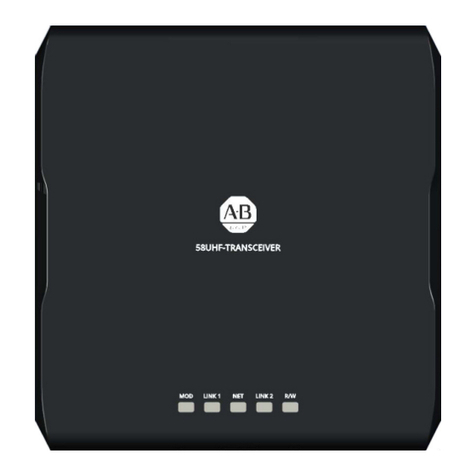
Rockwell Automation
Rockwell Automation Allen-Bradley 58UHF-TR-200-LR50US installation instructions
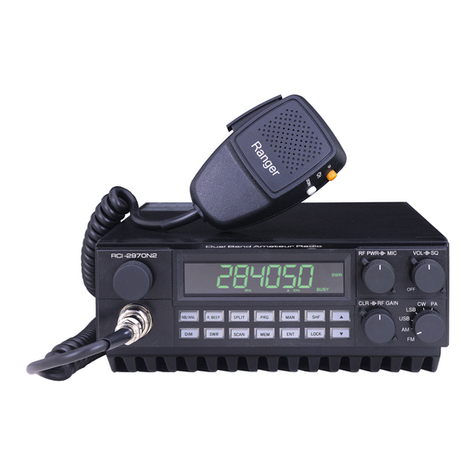
Ranger Communications
Ranger Communications RCI-2970N2 owner's manual
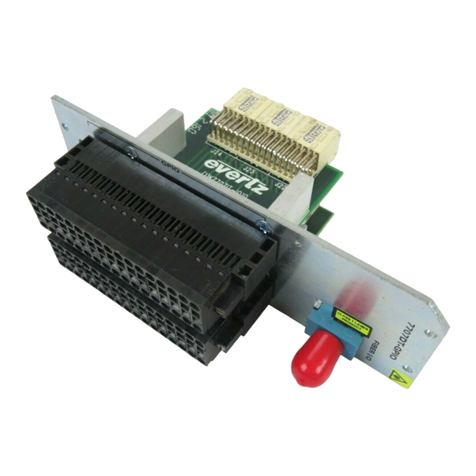
Everlz
Everlz 7707DT manual
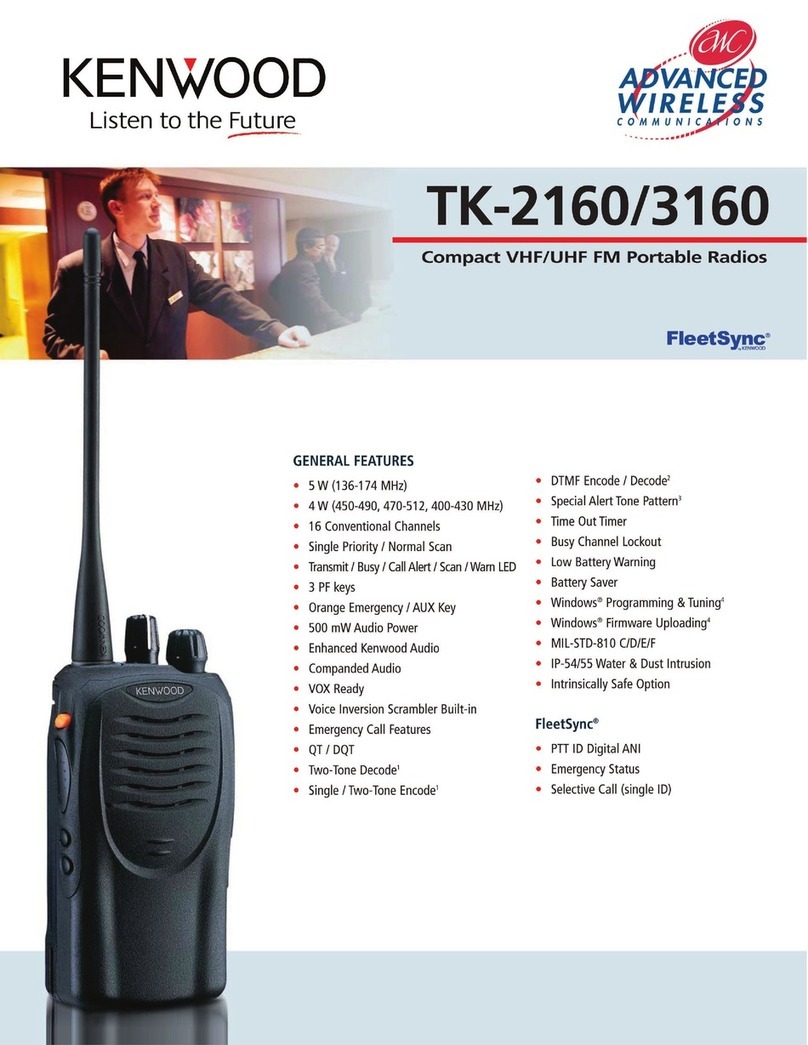
Kenwood
Kenwood TK-2160 Specifications
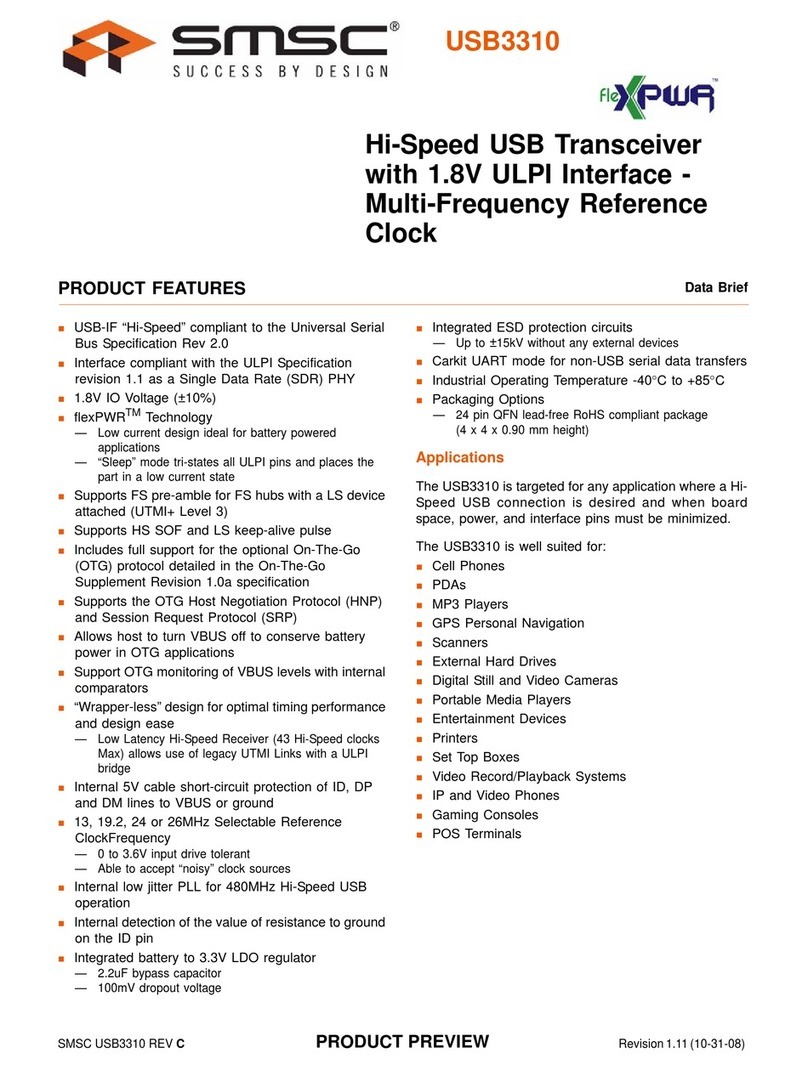
SMSC
SMSC 1.8V IO Voltage (10%) flexPWR USB3310 Product review

Standard Horizon
Standard Horizon HX471S Service manual



